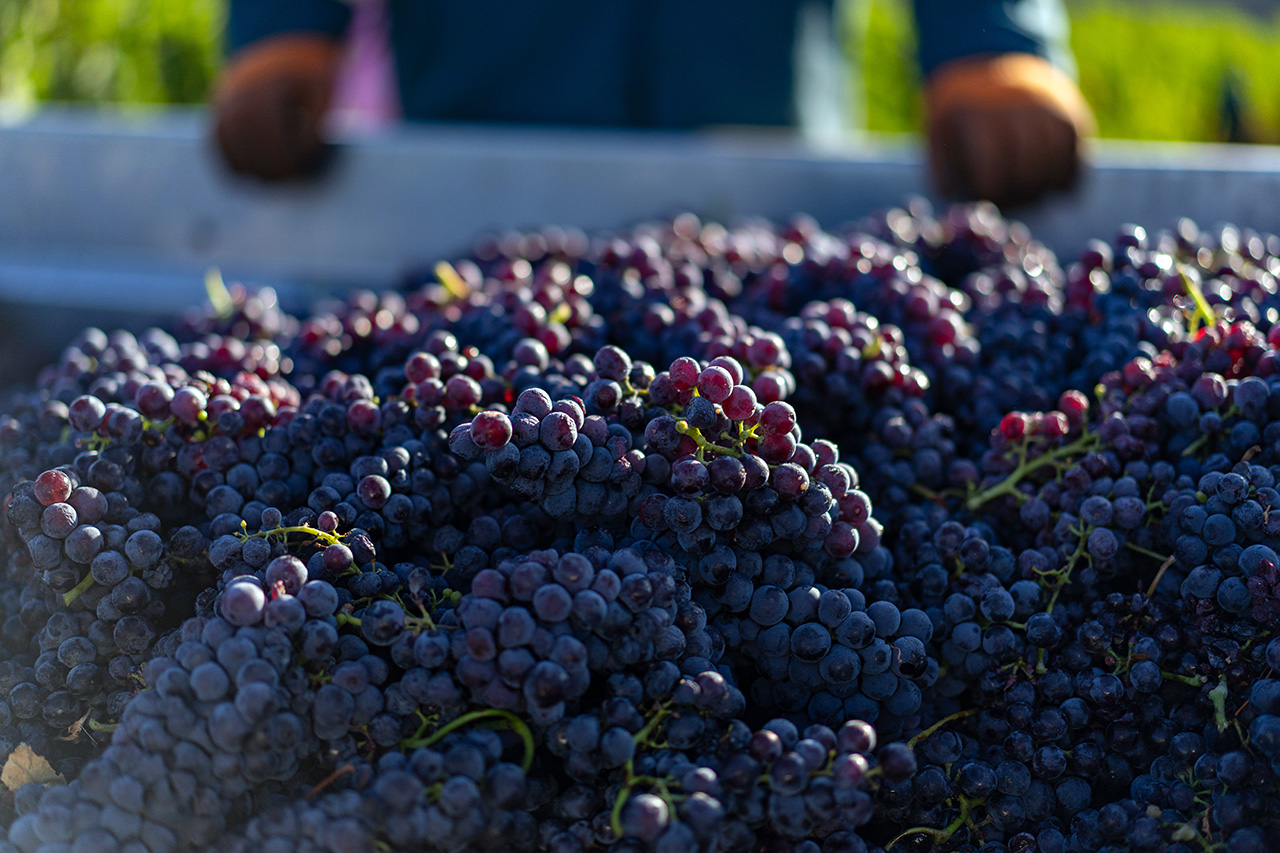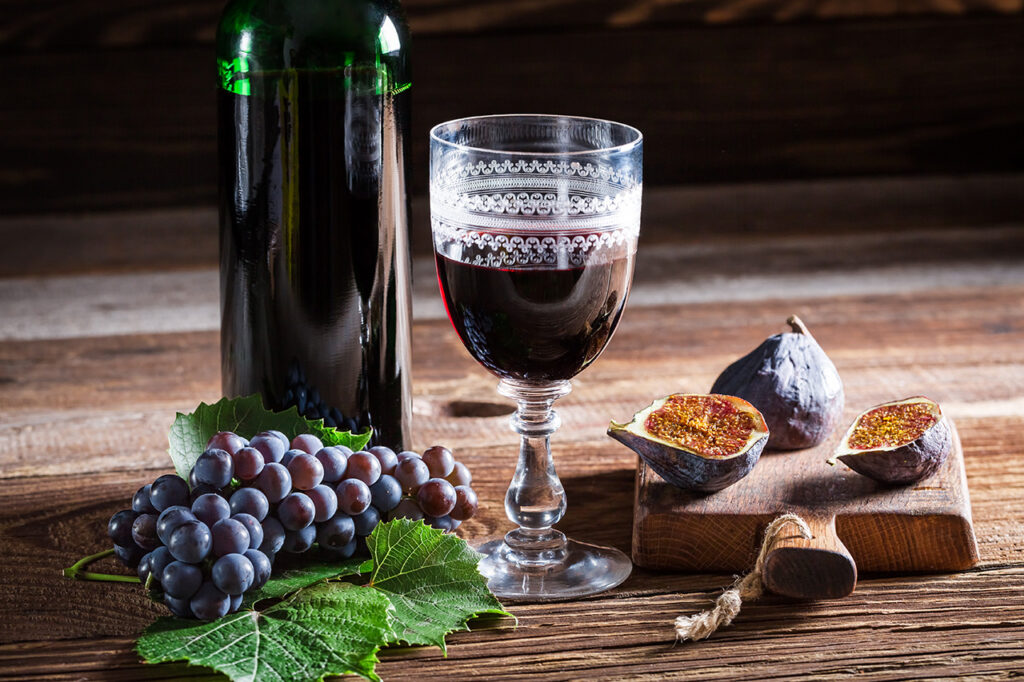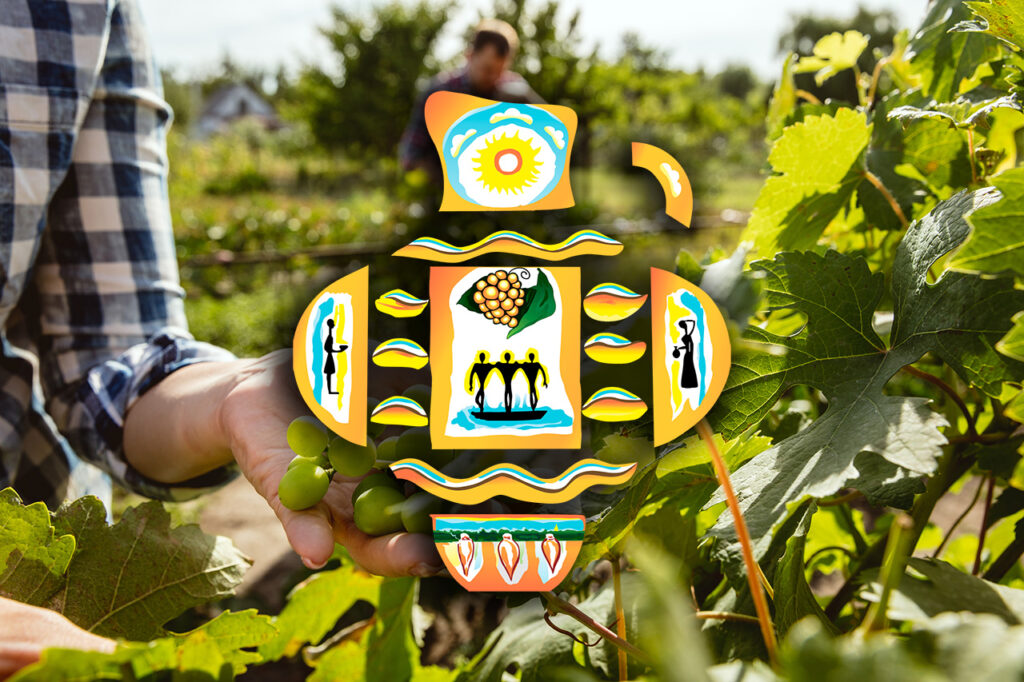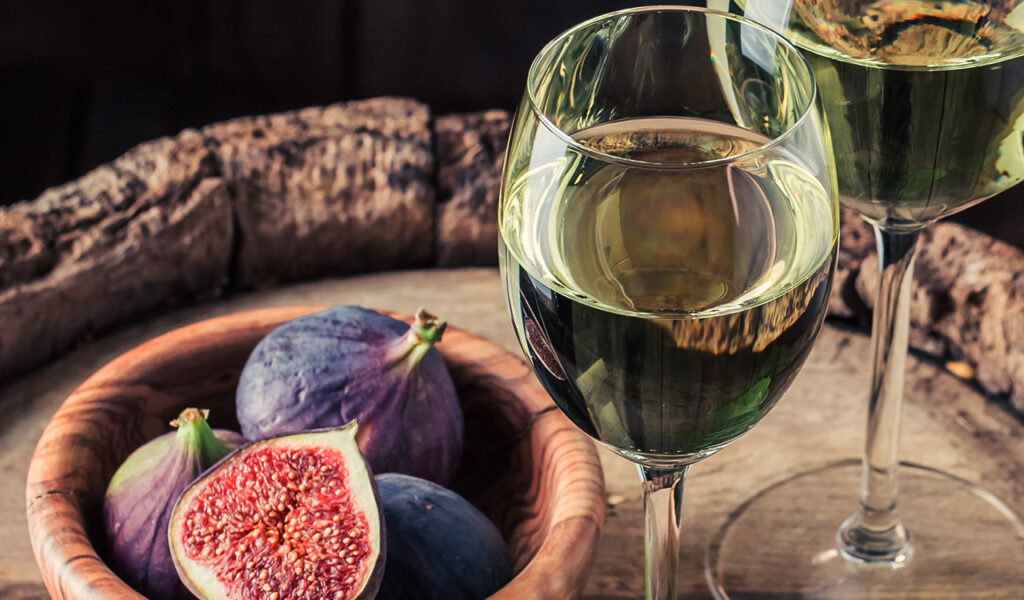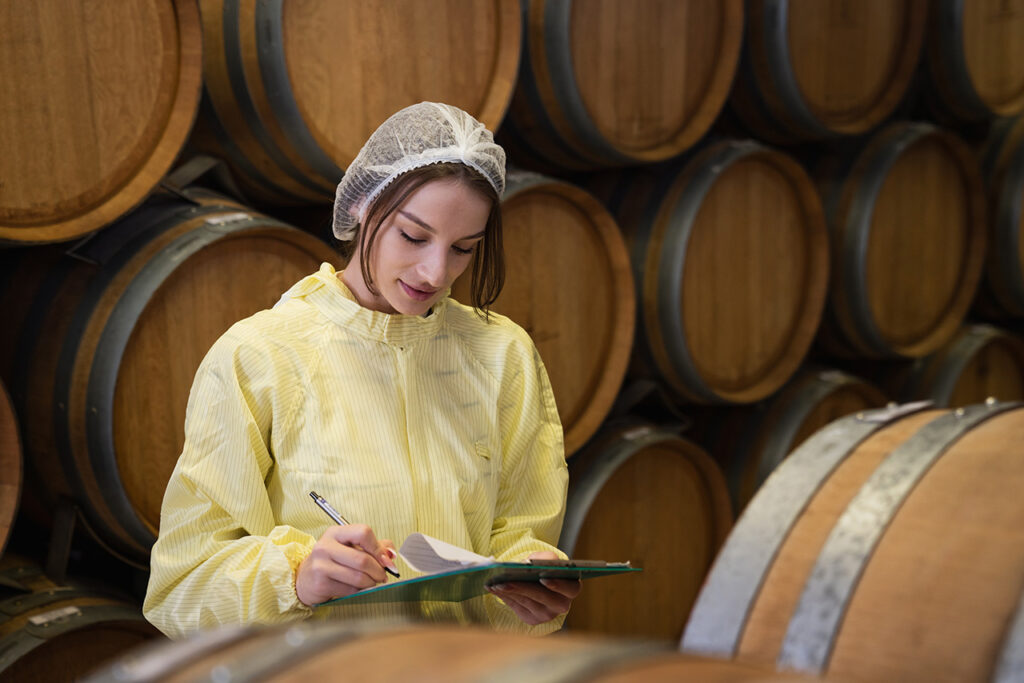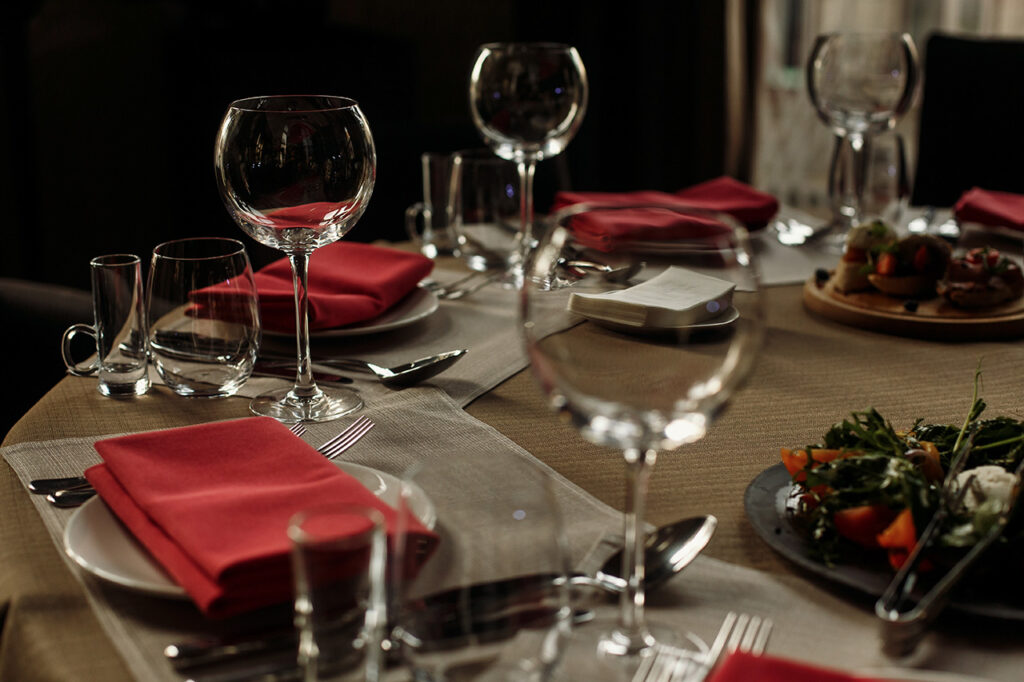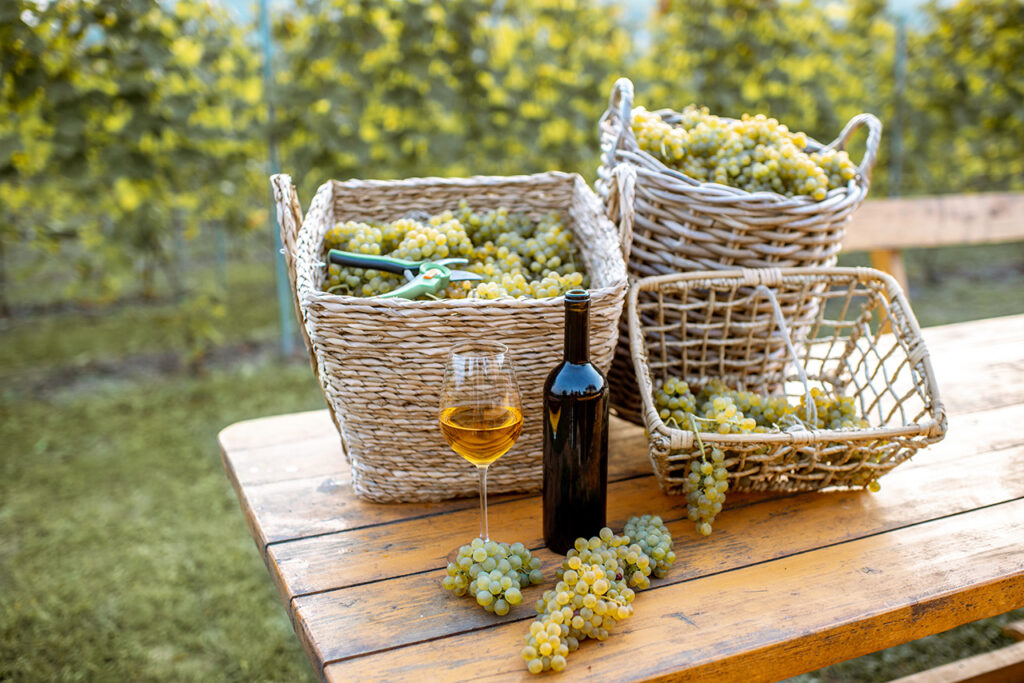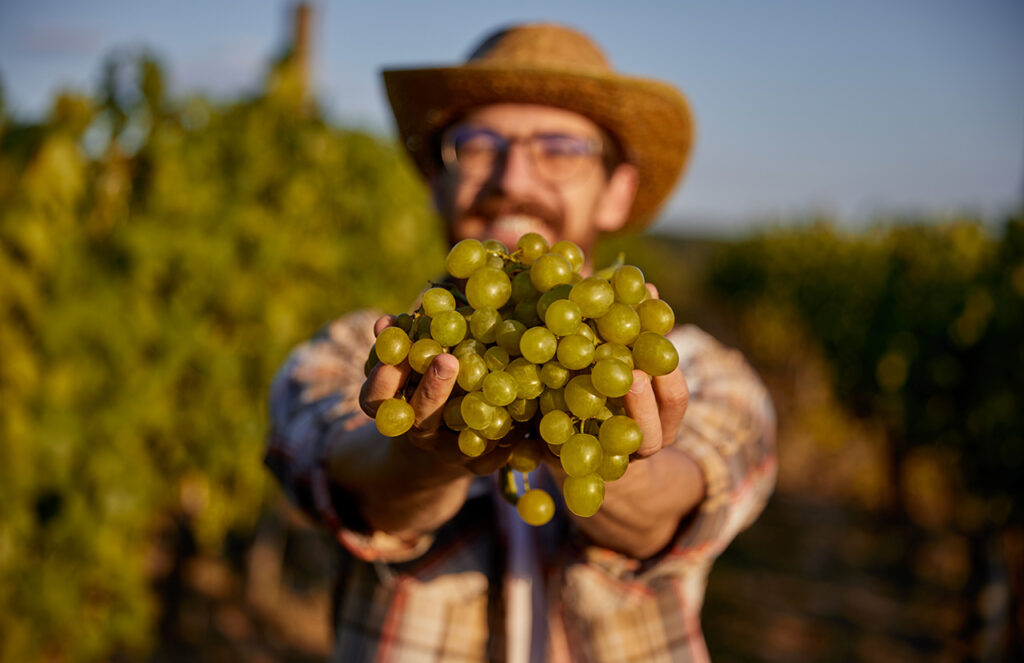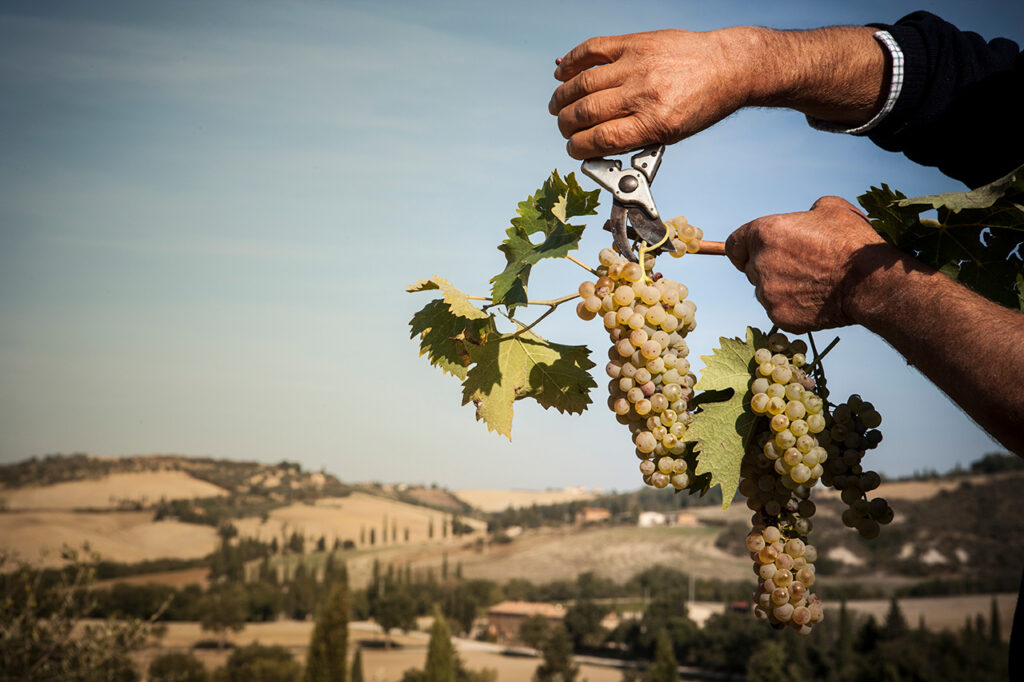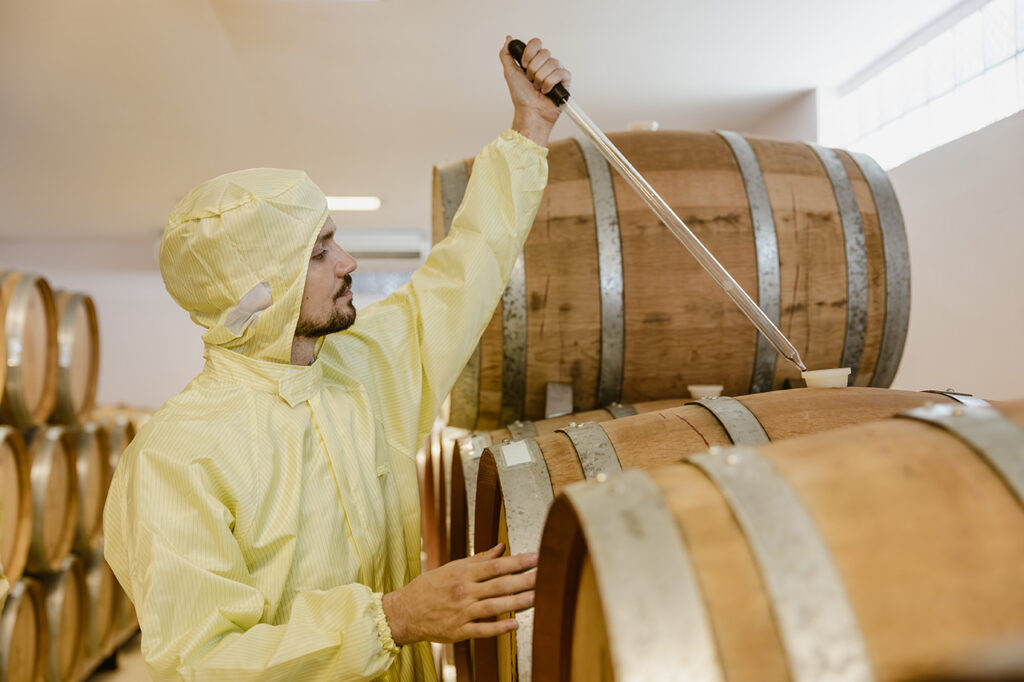How Qvevri Wines Built from Saperavi and Otskhanuri Sapere Achieve Powerful Tannins
In many wine traditions, tannin and structure are synonymous with oak. From Bordeaux barriques to new American barrels, winemakers worldwide rely on wood to soften, shape, and stabilize red wines. Yet in Georgia, the oldest winemaking region on earth, producers have been crafting deeply structured, long-lived wines without a single plank of wood—for over 8,000 years.
At the centre of this method is the qvevri, a large clay vessel buried underground and used for fermentation and ageing. When combined with naturally tannic grape varieties like Saperavi and Otskhanuri Sapere, the Qvevri becomes a tool of precision and power—capable of producing red wines that are bold, complex, and texturally complete, without any contact with oak.
🍇 The Grapes: Tannin Starts in the Vineyard
Before discussing the vessel, it’s important to understand the raw material. Both Saperavi and Otskhanuri Sapere are highly pigmented red grape varieties native to Georgia. Each brings a different structure to the final wine.
- Saperavi, widely grown in Kakheti (eastern Georgia), is a teinturier grape—its juice, skins, and flesh are all red. It naturally contains a high concentration of anthocyanins and phenolic compounds, making it ideal for wines with deep colour and powerful structure.
- Otskhanuri Sapere, found mainly in western Georgia (notably in Imereti), has thick skin, tight bunches, and modest sugar levels, which translate into firm acidity and restrained alcohol. Its skin-to-pulp ratio makes it especially suitable for long maceration and tannin-driven vinification.
Both grapes are naturally equipped for structural depth—before any vessel or technique is applied.
🏺 The Qvevri: A Clay Fermentation System That Extracts and Refines
A Qvevri is not just a container; it is a dynamic fermentation environment. Shaped like an egg, lined with beeswax, and buried underground, it offers a stable, cool, and micro-oxygenated setting for slow, extended winemaking.
Unlike stainless steel or concrete, Qvevri allows just enough oxygen through its clay walls to facilitate key chemical reactions—especially those involving tannin polymerisation and anthocyanin stabilisation.
- The buried position keeps temperatures consistent during fermentation, avoiding sharp peaks that might denature aromas or burn delicate components.
- The round shape encourages convection during fermentation and settling. This promotes gentle lees contact and natural clarification over time.
- The inert nature of the clay means that no external flavours are introduced (as with oak), allowing the grape, soil, and yeast to dominate the flavour profile.
🍷 Extended Skin Contact: Extracting Structure Over Time
One of the defining features of traditional Qvevri winemaking is extended maceration. For red wines—especially those made from Otskhanuri Sapere—maceration can last between four and six months, and sometimes longer. This extended period allows for the complete extraction of tannins, colour compounds, and aromatic precursors.
- Skin tannins dominate the extraction, providing grip and length.
- Seed tannins, which are usually bitter if extracted quickly, undergo a slow transformation in the oxygen-rich clay environment, becoming rounder and silkier.
- The long contact period also leads to the precipitation of unstable polyphenols, enhancing the wine’s ageing stability and clarity without fining or filtration.
Despite the absence of oak, the resulting wine has density, texture, and ageing potential comparable to top barrel-aged reds—but with greater purity.
🌿 Lees Contact and Texture: Nature’s Sur-Lie
After fermentation, the wine is not racked off the lees. In fact, in most traditional Qvevri practices, the wine remains on the gross lees throughout ageing. This results in several important textural and aromatic effects:
- As the yeast cells autolyze, they release mannoproteins and polysaccharides, which contribute to roundness and mid-palate richness.
- These same compounds also help bind with tannins, reducing bitterness while preserving the wine’s firm grip.
- Lees contact also introduces subtle creaminess or nut-like aromas, depending on the grape variety and microbial activity.
Qvevri ageing does not involve stirring (no bâtonnage), but the unique shape of the vessel encourages natural movement that keeps the wine in contact with the lees throughout maturation.
🌍 Terroir Without Makeup: Expressive and Honest
Because Qvevri does not contribute any toasty, spicy, or vanilla notes, the true character of the grape and vineyard is preserved. In wines made from Otskhanuri Sapere, this means:
- Dark red and black fruit aromas with herbal and mineral undertones
- No masking of acidity or tannin with oak-derived sweetness
- A distinct earthy-saline note in some cases, possibly due to interactions between the wine and local clay types
The resulting wines are more transparent, in the best sense of the word. They show not only the grape but also the wild fermentation flora, the microbiome of the cellar, and the traditional rhythm of seasonal winemaking.
🔬 Molecular Building Blocks of Qvevri Red Wines
| Compound | Origin | Contribution |
|---|---|---|
| Catechins, Proanthocyanidins | Skins, seeds | Firm tannin structure, longevity |
| Anthocyanins | Skins and pulp (in Saperavi) | Deep color, oxidative stability |
| Mannoproteins | Yeast autolysis | Round mouthfeel, tannin softening |
| Polysaccharides | Lees and grape solids | Weight, integration |
| Esters, Thiols, Norisoprenoids | Wild yeast fermentation | Fruity, floral, and spicy aromatics |
| Acids (tartaric, malic) | Natural grape acids | Balance and tension |
These elements are not added or manipulated—they develop naturally through careful, patient winemaking and are retained through minimal intervention.
🏔️ Otskhanuri Sapere: A Western Georgian Master of Tannin
While Saperavi dominates the Georgian export market, Otskhanuri Sapere is increasingly recognized among sommeliers and connoisseurs for its elegant structure and expressive style.
Key traits of Otskhanuri Sapere:
- High skin tannin concentration, making it naturally firm and grippy
- Fresh acidity, balancing the phenolic weight
- Modest sugar accumulation, often resulting in 12–13% ABV wines with strong ageing potential
- Resilience in long maceration, allowing full extraction without over-extraction
In Qvevri, this grape shines with precision and restraint. It offers a wild, forest-like aroma, notes of dried herbs, cherry skin, and mountain tea, and a finish that lingers with mineral tension rather than oak sweetness.
If you’re a sommelier or wine educator seeking to understand structure beyond barrels, Otskhanuri Sapere in Qvevri is a wine that invites study, respect, and revisiting. It is not just a return to tradition—it is an entirely different grammar of red winemaking.
